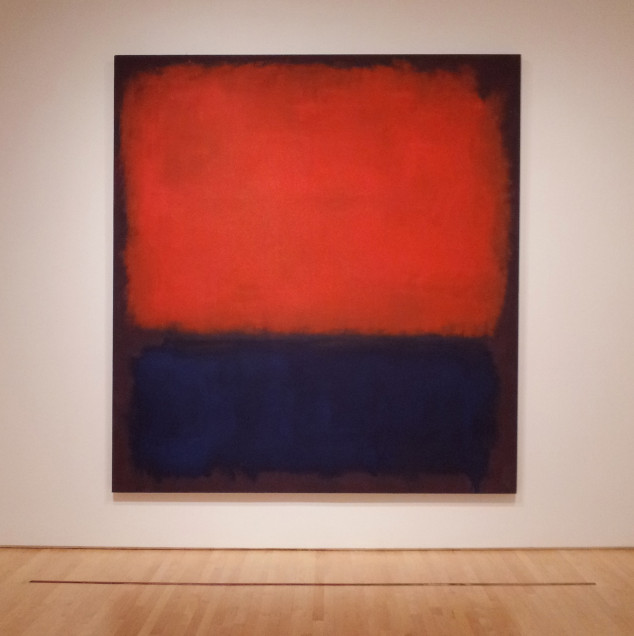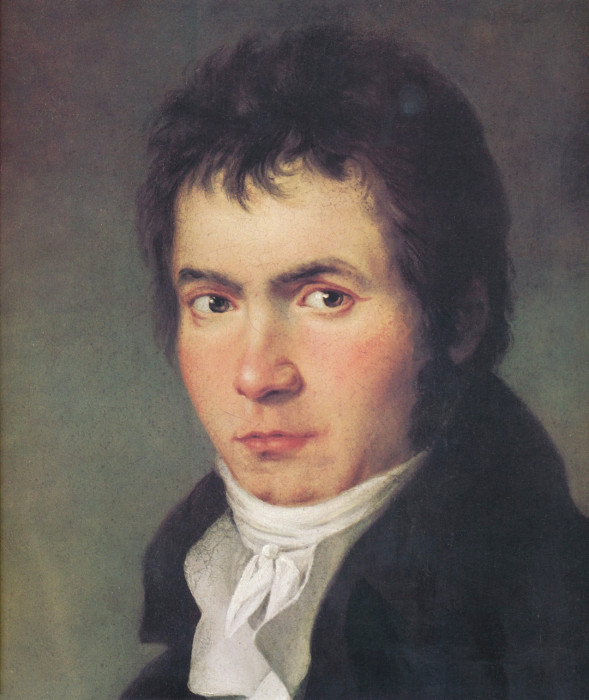This year’s BBC Reith Lectures are being given by the British artist Grayson Perry. Perry gave a summary of his first lecture in the Financial Times last week, on the theme, who decides what makes art good? In a witty, amusing and charmingly written article he concludes that “if enough of the right people think it’s good, that’s all there is to it.” The “right” people are collectors, dealers (very important Perry argues), critics and the artist’s own peers, plus to some extent the general public. He doesn’t try to pin down the essence of great art, which is probably impossible. Art, in the widest sense of word, is culturally determined and there is an unavoidable subjective, personal quality to what we like.
In my own case I’ve often felt something of a failure for failing to get excited about the great majority of Renaissance art. This is not for lack of trying: it’s reasonable to argue that you need to learn something about art and invest some time in appreciating it before you can expect to actually enjoy it. I’ve taken courses in art history and attended very interesting lectures. But I still lack enthusiasm for all those endless Madonna and child images. I’ve visited the Uffizi gallery in Florence and within ten minutes a sense of déja vu swept over me,along with a guilty search for the café.
Yet I’ll happily sit down in front of Rothko’s Seagram murals in the Tate Modern, on London’s South Bank, for half an hour. Rothko’s large, expressive rectangles of brooding dark red and orange paint are modern and don’t seem to obey any of the rules of classical art. But they move and entrance me in a way that very few of the Italian masters do. I’ve taken people there and some have shared my reaction, others have been utterly baffled and bored. It’s impossible for me to predict how people will react.
Similarly, the received wisdom is Haydn was the father of the symphony and Mozart was an unparalleled genius. But I find most of the music of the classical period, of which their music represents the peak, clever but dull. Haydn wrote over 100 symphonies, and I’ve only heard a few but the only ones that spark any reaction are the last few that he wrote when in London, towards the end of his career. Of Mozart’s 50 or so, I only really like number 40, which is one of the few in a minor key – perhaps that tells you something. Classical (roughly eighteenth century and early nineteenth century) music sounds to me for the most part like brilliant constructed easy listening.
But Beethoven, a few years later is quite different. There is a depth, dynamism and emotion to his music that is thrilling. Although often classified in the classical period, and certainly rooted in the tradition of Haydn in particular, Beethoven’s music is much more emotional and moving (to me at least). Beethoven’s third symphony is known as the Eroica (heroic), following Beethoven’s admiration for Napoleon, though Beethoven withdrew his approval when the First Consul decided to crown himself Emperor. The fifth has perhaps the most famous phrase in western music. (A disco version was made in the 1970s, which appears in the film Saturday Night Fever). And surely nobody could be unmoved by the second (slow) movement? Beethoven’s ninth symphony is a stupendous creation. When I listen to it I’m amazed that such a beautiful and magnificent work could be created by one person. It incorporates in its fourth movement the words to a poem Ode to Joy by the German writer Friedrich Schiller. In 1989 Leonard Bernstein (of West Side Story fame) conducted an internationally mixed orchestra in a performance to celebrate the ending of the Cold War and the demolition of the Berlin Wall, in which the word Freude (joy) was replaced by Freiheit (freedom). Bliss it was then to be alive indeed. You can’t help but think that if Europe produced this music there must be something good and noble about it, which is probably why it was chosen as the anthem of the European Union.
Perhaps the common theme in my choices is a preference for the romantic over the classical, as these matters are traditionally classified. Those who know me well would certainly put me in the romantic camp. The first time I escaped from the City, I took an excellent Open University inter-disciplinary course on the humanities, which introduced me to the paintings of the German artist Caspar David Friedrich. One famous romantic painting is The Wanderer Above the Mists, in which a solitary man with a walking stick surveys a wild misty mountain view from the pinnacle of a rock he has just climbed. The emotion in this painting – the majesty of nature, an inexpressible but profound sense of solitude yet connection to the natural world – is at one with the English romantic poets such as Wordsworth, Coleridge, Keats and (my favourite) Shelley, some of whom also wrote about nature and the experience of walking in the less dramatic but equally beautiful Lake District.
I notice there is something of a German theme here too, which would not surprise those who know me particularly well either. Germany is the home of much in the romantic traditions in art, music and literature, though it is also where Bach was born and worked, so such generalisations may not mean much.
My point is that there is an unavoidable subjective element to all of this. I make no claim to the objective superiority of Beethoven (or for that matter Brahms, Stravinsky or Debussy, other favourites) over Mozart or Haydn. How could any such claim be settled? George Orwell once wrote that “the first test of any work of art is survival”. Unjust and imperfect this may be, to the brilliant but forgotten artists of the past. Survival implies that at least some people like the work and keep celebrating it. We don’t all like the same work though, thankfully. Perry quotes the British writer Alan Bennett as saying that the National Gallery (Trafalgar Square, London, with a very nice café in the basement by the way) should put up a big sign outside saying “You don’t have to like it all.”
UPDATE
I came across Artsy’s website dedicated to Mark Rothko. Artsy is dedicated to making “all the world’s art accessible to anyone with an Internet connection.”






Simon
After reading your article I came across thinking about Subjectivity, objectivity and the impossibility of uniformity of thought in art. Art of taste lends itself to be decor and design, ie. Colors that are palatable. Is art’s mission to be proactive but yet individual, ie Bacon? If that is the case, isn’t abstract the veneer of individuality? The untitled piece allowing the viewer command. Maybe the relevant person is not the artist, but the buyer trying to be relevant.